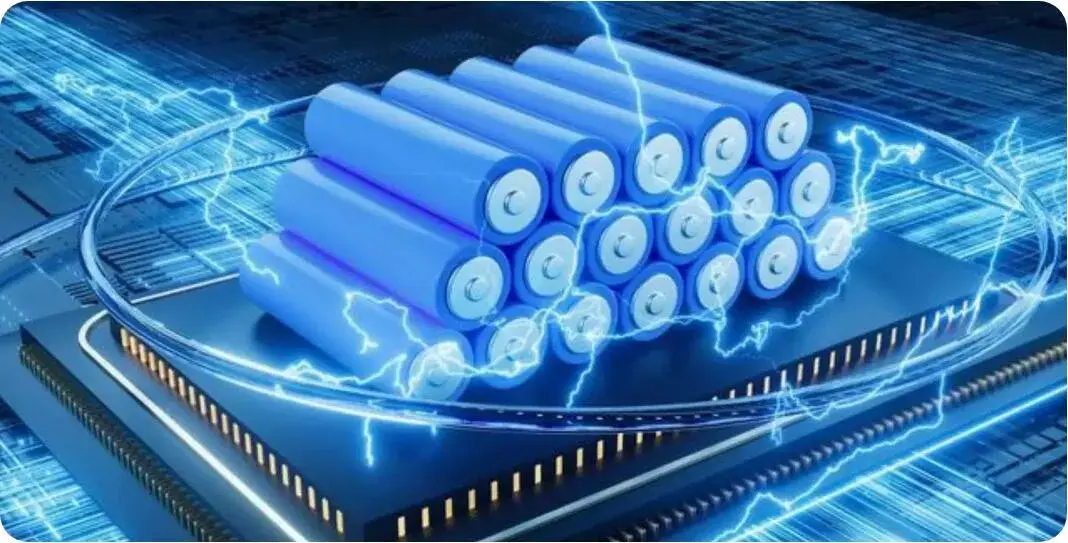Lithium Manganese Iron Phosphate (LMFP) stands as a pivotal component within lithium-ion battery positive electrodes, offering a range of advantages such as heightened energy density, impeccable safety profiles, and a relatively cost-effective nature. These attributes position LMFP as a potential upgrade from lithium iron phosphate. Despite these merits, persisting challenges like lower electrical conductivity and Li+ diffusion capability have hindered its widespread commercial application.

The technique of carbon encapsulation, involving the uniform coating of carbon layers onto the material surface, presents a promising avenue for enhancing LMFP's electrochemical performance. By establishing efficient pathways for Li+ diffusion and elevating material conductivity, carbon encapsulation simultaneously prevents crystal particle enlargement and aggregation.
Utilizing various carbon sources—such as glucose, sucrose, citric acid, graphene, and carbon nanotubes—greatly influences the efficacy of this process. Notably, carbon nanotubes, reduced graphene oxide, and complex carbon sources exhibit superior modification effects.
Infusing atoms like S, N, P within the carbon coating further enhances LMFP performance. Studies have shown that nitrogen doping alters material morphology and introduces active defect sites, enhancing Li+ diffusion coefficients and conductivity. However, excessive nitrogen doping can lead to large nanocrystals, impeding electrochemical performance.
Phosphorus doping has shown significant potential by facilitating an abundance of free electron charge carriers, thereby enhancing the graphitization degree of the carbon coating and ensuring rapid electron transfer. These modifications establish extensive application prospects for phosphorus-doped carbon-coated LMFP materials.
Creating a hybrid coating by combining carbon materials with conductive substances has emerged as another promising strategy. Research has revealed that an appropriate hybrid composition balances ion/electron conductivity and optimizes electrochemical performance, showcasing the potential of this approach.
Reducing material particle size to the nanometer scale and designing specific morphologies significantly enhance LMFP's charge-discharge capacity and rate performance. Regulating particle size and orientation are crucial for improving LMFP material performance, showcasing improved rate performance and notable cycling stability.
Unique conductive networks structured within materials yield outstanding LMFP material performance. Studies have demonstrated that a three-dimensional conductive network significantly enhances lithium ion diffusion efficiency and electronic conductivity compared to conventional two-dimensional modes.
While carbon encapsulation improves external conductivity, attention to methods enhancing internal conductivity remains critical. Ion doping within the material induces lattice defects, expanding Li+ diffusion pathways and increasing carrier density, thereby enhancing intrinsic conductivity.
Research on non-stoichiometric LMFP aims to restrain anti-site defects along Li+ diffusion pathways. Optimal ratios of constituents help suppress adverse effects, reduce particle size, and enhance material conductivity. Excessive lithium addition, however, augments charge transfer impedance, indicating a need for a balanced approach in non-stoichiometric strategies.
In essence, the interplay of carbon encapsulation, nanosizing, morphology control, ion doping, and non-stoichiometry serves as essential strategies in advancing LMFP materials, promising immense potential in enhancing lithium-ion battery performance.
Sanxin New Materials Co., Ltd. specializes in the production of ceramic milling balls, nanoparticles, and nanopowders, along with the manufacturing of wear-resistant ceramics and abrasion-resistant ceramics. In the realm of lithium manganese iron phosphate (LMFP) battery production, the use of zirconia balls for grinding proves to be a critical process. Zirconia balls, known for their exceptional hardness and wear resistance, play a pivotal role in the milling and refining of LMFP materials. Zirconia balls find extensive application in the production of LMFP batteries, contributing to the refinement of cathode materials. The grinding process ensures the desired particle size distribution, optimizing the performance and energy density of LMFP batteries.
For more advices and knowledge about Grinding Balls, Sand Millls, please contact with our sales:
Charls Shaw
Sales Manager |Sanxin New Materials
Mobile:+86 19070858212(WhatsApp)
Email:sales@beadszirconia.com
Website:https://www.beadszirconia.com

Submit your demand,
we will contact you ASAP.

Sanxin New Materials Co., Ltd. focus on producing and selling ceramic beads and parts such as grinding media, blasting beads, bearing ball, structure part, ceramic wear-resistant liners, Nanoparticles Nano Powder

